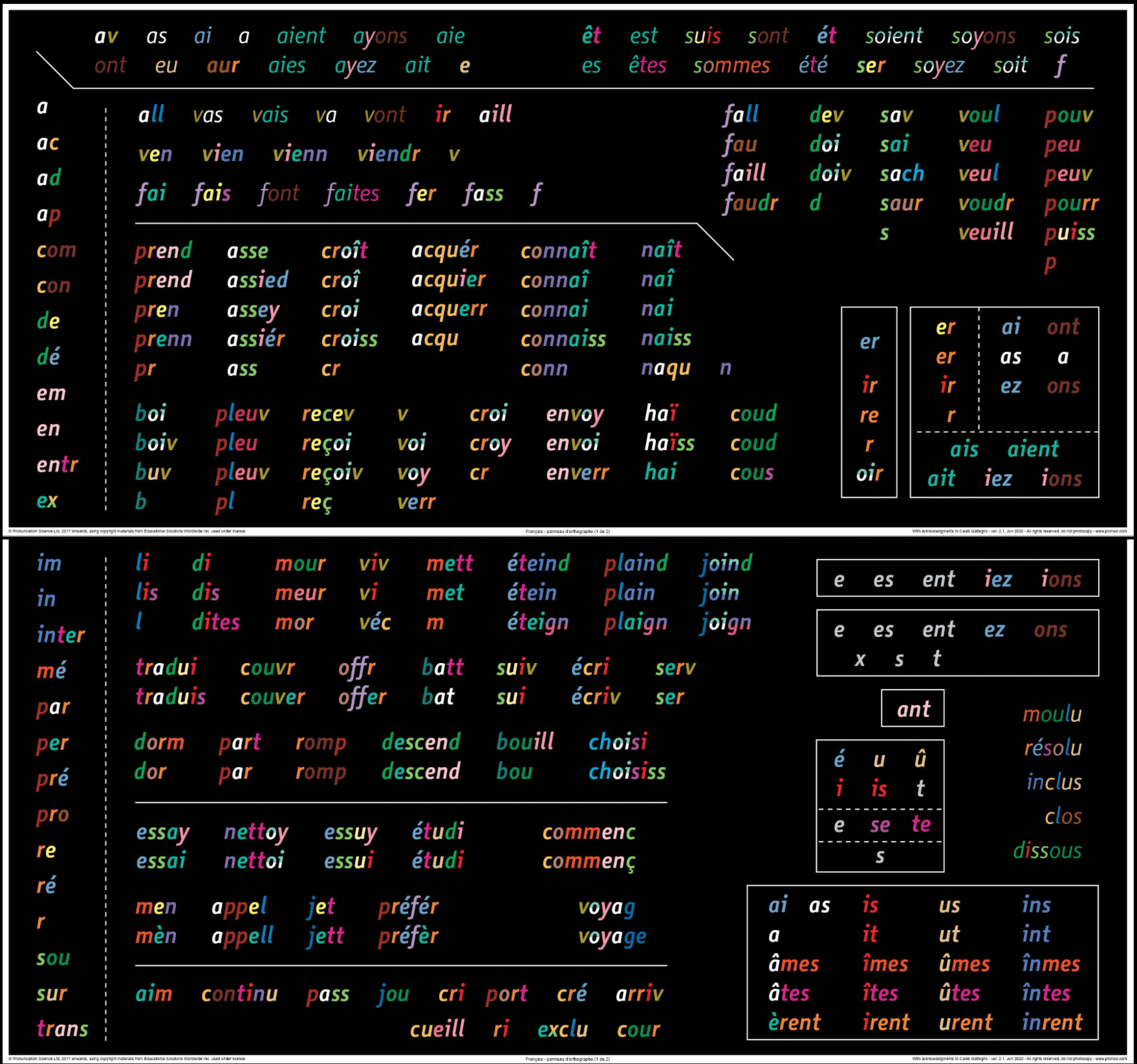Good pronunciation is key to learning a new language. One important step in achieving this is to learn how to produce all the sounds that the language uses. This is where the Silent Way rectangle chart comes in. It is a teaching tool that can help students understand the sounds of a language and work on their pronunciation early on in their language learning journey.
What is the Silent Way Rectangle Chart?
The Silent Way rectangle chart is a visual aid that displays all the sounds of a language. The chart uses coloured rectangles to represent each sound, and the sounds are organized in a way that shows how they relate to each other. This grouping helps students identify sounds that are made using similar actions of the lips, mouth, vocal chords, and so on.

The chart is displayed on the classroom wall, and the teacher uses it to guide students in experimenting with making the sounds of the language. Gradually, students achieve greater and greater accuracy, which is crucial for building good pronunciation habits.
Why is the Silent Way Rectangle Chart an Effective Teaching Tool?
There are several advantages to using the Silent Way rectangle chart:
- Complete inventory of sounds: Students can always see a complete inventory of the sounds of the language at a glance.
- Gradual familiarization: Students can gradually become familiar with the sounds of the language without needing to memorize anything.
- Avoidance of spelling pitfalls: The teacher can avoid introducing letters and spelling, which can lead to pitfalls for pronunciation in most languages.
- Immediate availability: Any time the teacher or students need to refer unambiguously to a sound, the chart is immediately available.
How is the Silent Way Rectangle Chart Different from Other Phonemic Charts?
While there are other types of phonemic charts, such as those that use the International Phonetic Alphabet (IPA), the Silent Way rectangle chart has a few advantages:
No need to learn IPA: Students do not need to learn an “artificial” script like IPA.
Colours for spelling: The colours used in the chart can be used on other charts to help students master how to pronounce and spell any words in the language.
Additional features: If the language requires it, the chart can have additional features, such as showing schwa sounds and levels of stress within a word or phrase.
Conclusion
In conclusion, the Silent Way rectangle chart is an effective teaching tool for learning the sounds of a language. It can help students work on their pronunciation early on in their language learning journey and avoid building bad habits. If you are a language student, consider using this chart to help you master the sounds of your target language.





Leave a Reply